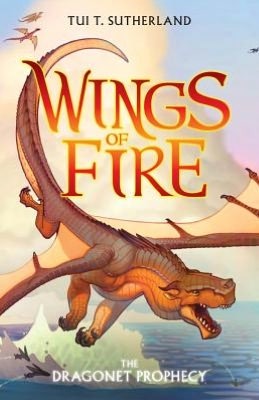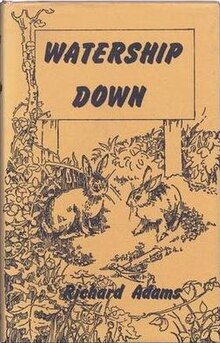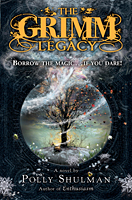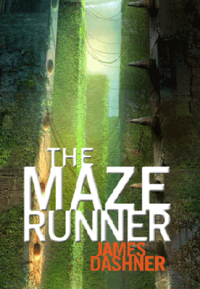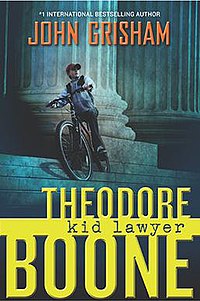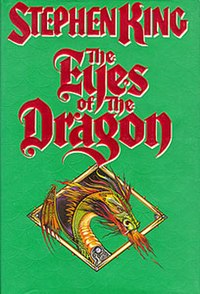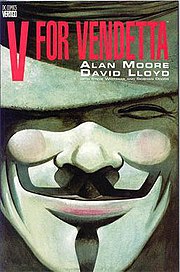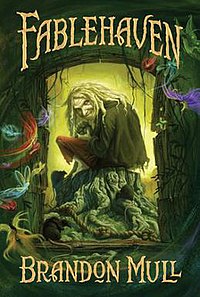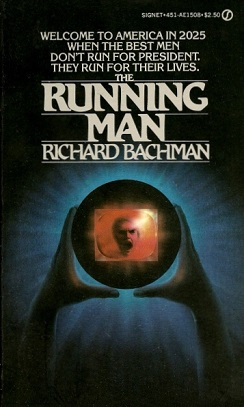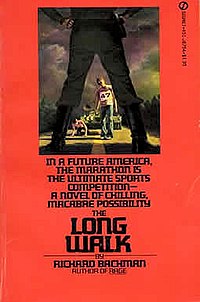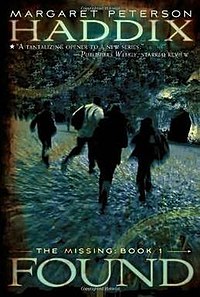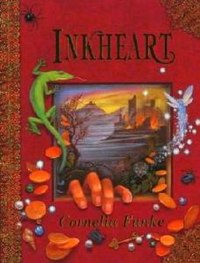 Inkheart trilogy (Inkheart, Inkspell, and Inkdeath) by Cornelia Funke
Inkheart trilogy (Inkheart, Inkspell, and Inkdeath) by Cornelia FunkeChicken House Publishing - September 23, 2003 to September 28 2008
534, 635, and 683 pages, respectively
Mortimer Folchart's nickname is Silvertongue, and rightfully so. Whatever he reads out loud comes out of the world of the book and into our world. When his daughter Meggie was three, Mo read a book titled Inkheart, pulling his wife Resa and his two cats into the land, known as the Inkworld, and pulling out three men: Dustfinger, a man with control over fire and a horned marten; Capricorn, a relentless murderer; and Basta, Capricorn's superstitious and OCD servant. After nine years these men have come back into the lives of the Folcharts, and Mo, Meggie, and Meggie's great-aunt Elinor are tasked with getting them back into the book and bringing Resa back into our world.
I read Inkheart immediately after finding out that there was going to be a cool-looking movie (that had nothing in common with the book except for the name and characters; it was quite possibly the worst book-to-movie adaptation I've ever seen) and Inkspell as soon as possible after that. And then Inkdeath. Inkdeath was when I stalled. I stalled and then gave up on it for three years before finally returned to it, determined to finish it. Now that I have finally finished this great behemoth, which totals out to 1,852 pages, I can review it properly. Inkheart was an adventure, but Inkspell was the high point with its quick pace and character development, while Inkdeath was the low point, with nothing happening for the first half of the book. When things finally did happen, they happened predictably and boringly. In addition, the formerly spunky and quick-witted heroine of Meggie was relegated in Inkdeath to nothing more than a love triangle between two undesirable boys. Really now?
Inkheart: B
Inkspell: B+
Inkdeath: D
